The annual Great Migration in Kenya is one of nature’s most spectacular events, drawing thousands of travelers eager to witness the dramatic river crossings and vast herds of wildebeest and zebra. While the Masai Mara remains the iconic hub for this phenomenon, a growing number of discerning safari-goers are seeking quieter, more exclusive alternatives. Away from the crowded reserves, private conservancies and boutique camps offer unparalleled access to the migration with a fraction of the tourist traffic. These hidden gems provide not only front-row seats to the action but also a more intimate and sustainable way to experience Kenya’s wildlife.
The allure of private conservancies lies in their exclusivity. Unlike the public reserves, where vehicles jostle for space during peak season, conservancies limit the number of guests, ensuring a serene and uncrowded safari experience. Many of these areas border the Masai Mara, allowing wildlife to move freely between the protected zones. This means the Great Migration unfolds just as dramatically here, but with fewer distractions. Guests can enjoy uninterrupted game drives, guided bush walks, and even night safaris—activities often restricted in national parks.
One such standout is the Naboisho Conservancy, a 50,000-acre wilderness where only a handful of camps operate. The conservancy’s strict vehicle density rules guarantee that sightings feel private and personal. Here, the migration’s chaos is observed without the clamor of dozens of Land Cruisers. The wildebeest thunder across the plains, lions stalk their prey, and hippos bellow in the rivers—all witnessed in near solitude. It’s a rare privilege in an era where overtourism threatens the magic of safari.
Further north, the Olare Motorogi Conservancy offers another sanctuary for migration enthusiasts. With just five camps permitted within its borders, the conservancy balances conservation with low-impact tourism. The wildlife here is remarkably relaxed, unperturbed by the constant presence of humans. Visitors often recount heart-stopping moments—a cheetah sprinting after a straggling wildebeest or a crocodile’s ambush at the riverbank—without another vehicle in sight. The conservancy’s partnership with local Maasai communities also ensures that tourism benefits the region sustainably.
For those willing to venture off the beaten path, the Mara North Conservancy presents a compelling option. Its diverse landscapes, from rolling grasslands to dense thickets, attract not only migrating herds but also predators like leopards and hyenas. The camps here are deliberately small, often with fewer than ten tents, fostering an atmosphere of seclusion. Night drives reveal a different side of the migration, as nocturnal creatures emerge and the sounds of the bush come alive under a star-studded sky.
Boutique camps elevate the experience further, blending luxury with authenticity. Take Saruni Wild, a minimalist yet lavish camp set deep in the Mara ecosystem. With only three tents, it feels like a well-kept secret. The guides here are Maasai warriors whose ancestral knowledge adds depth to every game drive. Similarly, Offbeat Mara combines classic safari charm with modern comforts, offering horseback rides alongside traditional game drives. These camps don’t just provide a place to sleep—they curate an immersive journey into the heart of the migration.
Timing is crucial when planning a migration safari. While July to October is peak season, the exact movement of the herds varies yearly, influenced by rainfall and grazing conditions. Private camps, with their flexibility and expert trackers, adapt daily itineraries to follow the action. This agility ensures guests don’t miss pivotal moments, whether it’s a daring river crossing or a lion pride on the hunt. Unlike rigid lodge schedules, the rhythm here is dictated by nature itself.
Choosing a private conservancy or camp isn’t just about avoiding crowds—it’s about forging a deeper connection with the wilderness. The absence of mass tourism allows for quieter, more reflective encounters. Imagine sipping coffee at dawn as thousands of wildebeest stir in the distance, or sharing sundowners with guides who’ve spent lifetimes decoding the savanna’s secrets. These are the moments that linger long after the journey ends.
As the Great Migration continues to captivate, the shift toward private, low-impact tourism reflects a growing awareness of sustainability. By supporting conservancies and small camps, travelers contribute to preserving Kenya’s ecosystems and empowering local communities. The migration, after all, is not just a spectacle but a fragile ecological process. Experiencing it responsibly ensures that future generations will stand in awe of the same untamed beauty.

By /Aug 5, 2025
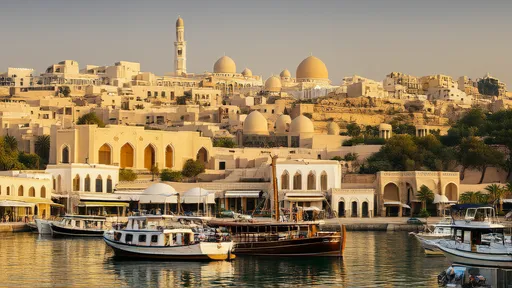
By /Aug 5, 2025

By /Aug 5, 2025

By /Aug 5, 2025
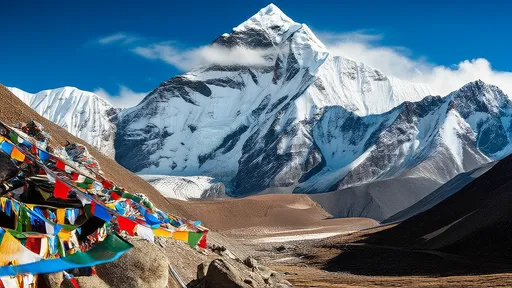
By /Aug 5, 2025

By /Aug 5, 2025
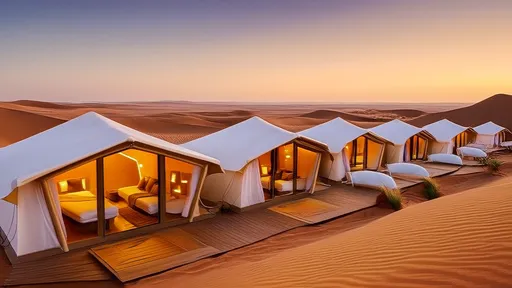
By /Aug 5, 2025
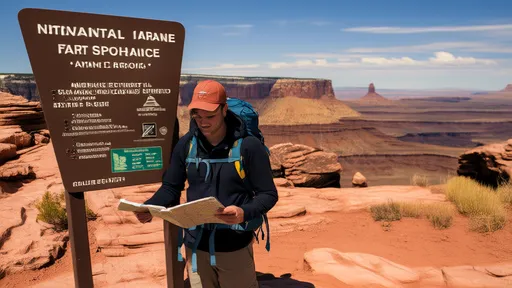
By /Aug 5, 2025
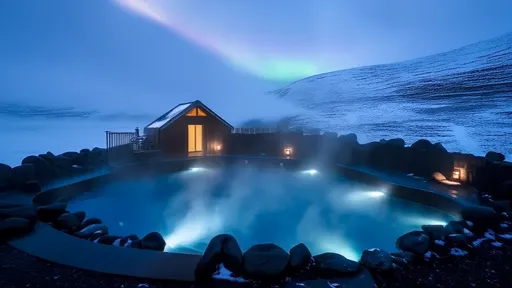
By /Aug 5, 2025
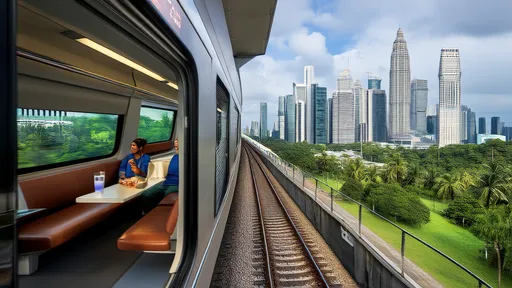
By /Aug 5, 2025
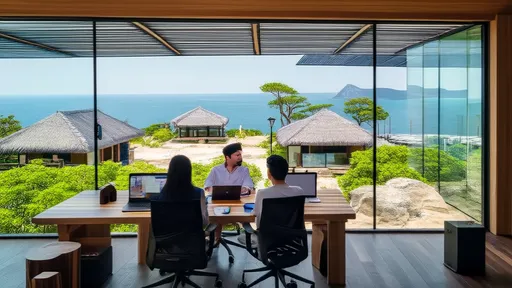
By /Aug 5, 2025
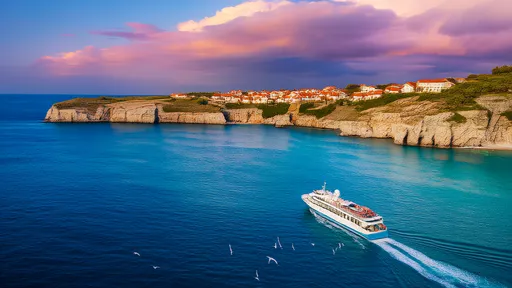
By /Aug 5, 2025
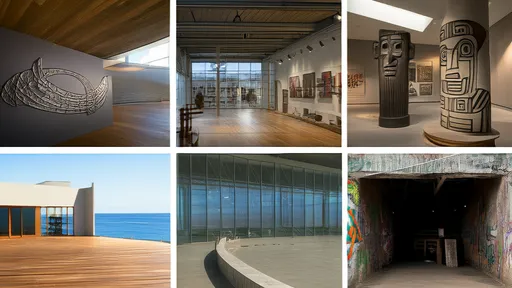
By /Aug 5, 2025
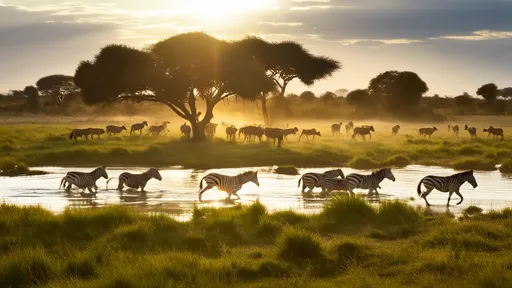
By /Aug 5, 2025

By /Aug 5, 2025

By /Aug 5, 2025
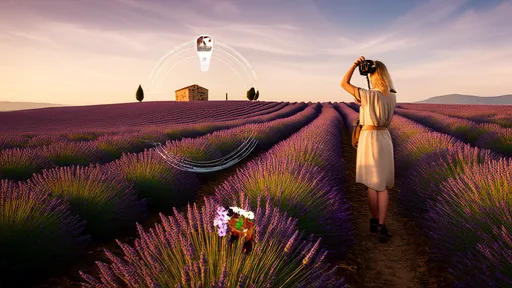
By /Aug 5, 2025
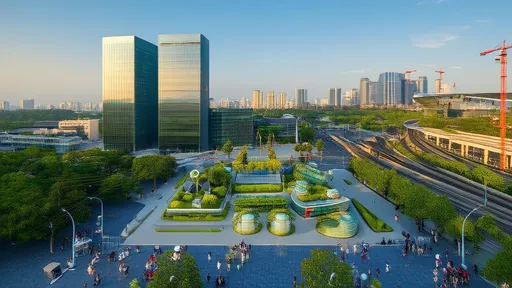
By /Aug 5, 2025
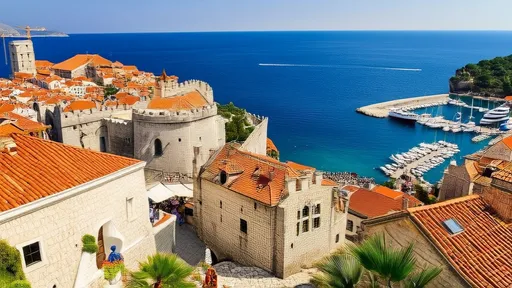
By /Aug 5, 2025
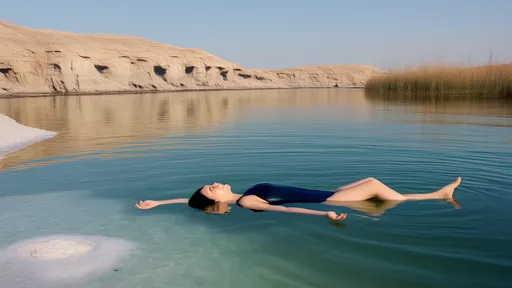
By /Aug 5, 2025